Fishing rods: types and techniques
History of fishing rods?
Since prehistoric times, man has always strived to find increasingly functional systems to obtain fish, an essential source of nourishment for his survival. Starting from fishing with his bare hands, he has evolved to the use of rudimentary spears, to then get to the Neolithic when the first fishing nets began to be used, we had to wait until the Middle Ages to see the first fishing rods appear. In fact, it was precisely in that period that the first fishing rods began to be used in the East, made with bamboo canes left to dry in the sun, to the end of which a braid made of horse hair was tied as a line and a smooth bone as a hook. As the years passed, precisely at the beginning of the 1900s, the first phenolic rods began to appear, some mounted with metal rings, but it is only in the last few decades that carbon was introduced into their construction, making the rods decidedly lighter and more performing.
Types of fishing rods
Nowadays there are a multitude of types of fishing rods, but today we will focus on just some of them, let's start from the ancestors of the first rods, i.e. the fixed rods , used almost exclusively for float fishing and are produced in different lengths , are telescopic rods without rings where the line is connected directly to the tip of the rod via special connectors and then ends up with the hook approximately at the height of the handle, thus having the limitation of being able to build a line as long as the rod we must carefully decide the length of the latter depending on the place where we are going to fish.
On the fixed rods it is also possible to mount an elastic to be able to use them for fishing large fish, the elastic will have the function of "friction" and will help us to tire our prey without carrying either our rod or ours. line to the limit. Then we have the Bolognese rods, also produced in different lengths, these are always telescopic rods, but with rings mounted and therefore usable with the aid of a reel, this unlike fixed rods will allow us to be able to cast our line at longer distances and to help us during the fight with the fish by making use of the clutch or the anti-return, two devices with which the reel is equipped. Furthermore, where the seabed is greater than the length of the rod, it will be possible to use a sliding float with which we can bring our bait to the depth we want.
This type of rod is used for float fishing, mainly for pass fishing on rivers in search of barbel and chub and for fishing in port or canal to try to undermine mullet, sea bass and sea bream, but also from the beach with the use of pen floats can give excellent results. All-round rods, on the other hand, are models always equipped with guides which, however, are suitable for multiple types of fishing, have greater sturdiness than the Bolognese rods and allow us to cast large weights, they are often used for live fishing for pike and zander, but it is also possible to use them with feeders or simply with a fixed or sliding float, very versatile they can also be equipped with English floats or with bombards, in fact they are often used for recovery fishing for starfish and garfish.
Going more specifically we then find English fishing rods , rods usually in three pieces, they are equipped with many rings and also have these casting actions and variable lengths that we will choose according to our needs.
We conclude with surf casting rods , these are used exclusively for sea fishing from the beach, there are different variations which we will then go into further detail in other articles, for today we focus on the most used models, namely the telescopic one and the coupling one. Surf rods, both telescopic and jointed, are characterized by a long foot, and a considerable distance from the reel plate to the first ring of the rod, the blanks are very robust, but the tip still remains sensitive to be able to also signal bites of smaller fish. Surf rods are structured to be able to cast our bait at considerable distances, but naturally the right pairing with a suitable reel, the right line and the right setup will certainly help us gain a few more metres.
Conclusion
Today we have seen only a small part of the rods that we can find on the market, we will return soon to see the other various types and their uses, but in the meantime I hope to have been of help to someone, especially for those who are approaching fishing and are having their first experiences. .

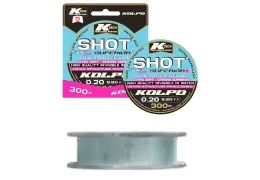
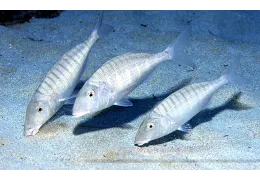
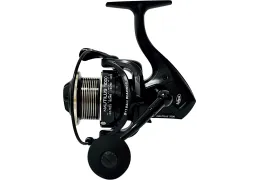
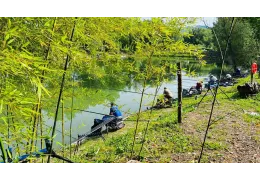

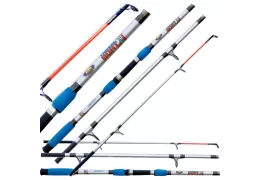
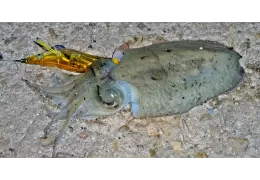
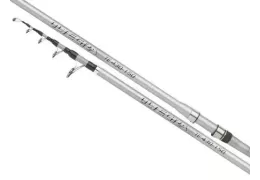
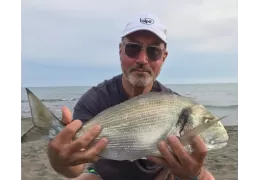
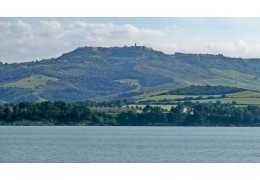

Leave a comment
Log in to post comments